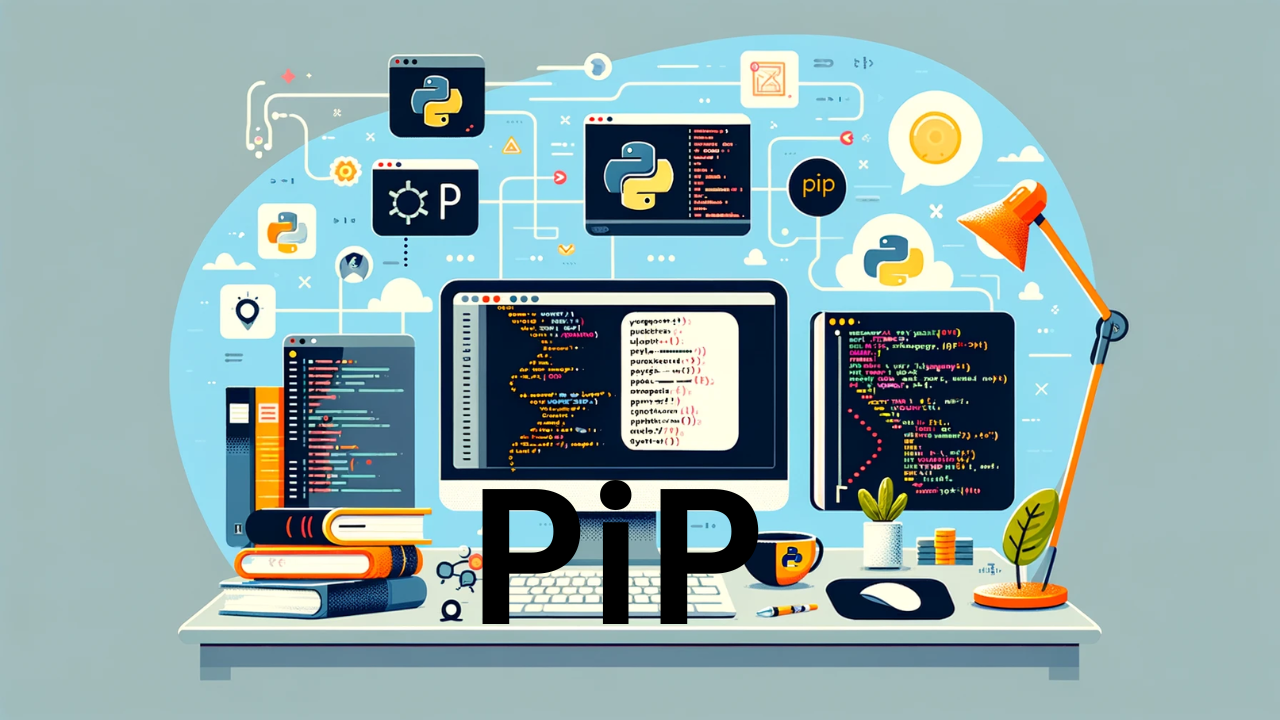
If you’ve ever dipped your toes into the world of Python programming, you’ve probably come across the term “pip.” Pip is an essential tool for any Python developer because it helps manage packages and libraries. Let’s dive into what pip is, how it works, and how you can use it effectively in your projects.
What is PIP?
Pip stands for “Pip Installs Packages.” It’s a package manager for Python, meaning it’s a tool that allows you to install and manage additional libraries and dependencies that are not included in the standard Python library. These packages can add extra functionality to your projects, saving you time and effort.
Why Use PIP?
- Easy Package Management: With pip, you can easily install, upgrade, and uninstall Python packages.
- Access to a Vast Repository: Pip connects you to the Python Package Index (PyPI), which hosts thousands of packages.
- Simplifies Dependency Management: Pip helps manage the packages and their dependencies, ensuring compatibility and smooth operation of your projects.
How to Install PIP
Pip usually comes pre-installed with Python. You can check if you have pip installed by opening your command line interface (CLI) and typing:
pip --versionIf pip is installed, this command will return the version number. If not, you can install pip by downloading the get-pip.py script from the official website and running it with Python:
python get-pip.pyBasic PIP Commands
Here are some essential pip commands you’ll use frequently:
- Install a Package: To install a package, use the
installcommand followed by the package name. For example, to install the requests library, type:
pip install requests- Upgrade a Package: To upgrade an existing package to the latest version, use the
install --upgradecommand:
pip install --upgrade requests- Uninstall a Package: To remove a package, use the
uninstallcommand:
pip uninstall requests- List Installed Packages: To see all the packages currently installed, use the
listcommand:
pip listExample: Using PIP in a Project
Let’s go through a simple example to see pip in action. Imagine you’re working on a project that requires making HTTP requests to an API. You can use the requests library to simplify this task.
- Create a Virtual Environment First, create a virtual environment to manage your project’s dependencies. This keeps your project isolated from other projects on your system.
python -m venv myenvActivate the virtual environment:
- On Windows:
myenv\Scripts\activate - On macOS/Linux:
source myenv/bin/activate
- Install the Requests Library Use pip to install the
requestslibrary:
pip install requests- Write Your Python Code Now, you can use the
requestslibrary in your project. Create a new Python file (e.g.,app.py) and add the following code:
import requests
response = requests.get('https://api.github.com')
if response.status_code == 200:
print('Success!', response.json())
else:
print('An error occurred.')- Run Your Code Run your script to see pip in action:
python app.pyIf everything is set up correctly, you should see a success message with the API response.
Conclusion
Pip is a powerful and essential tool for any Python developer. It simplifies the process of managing libraries and packages, making your development workflow smoother and more efficient. By mastering pip, you can easily add new functionalities to your projects and manage dependencies with ease. Happy coding!

